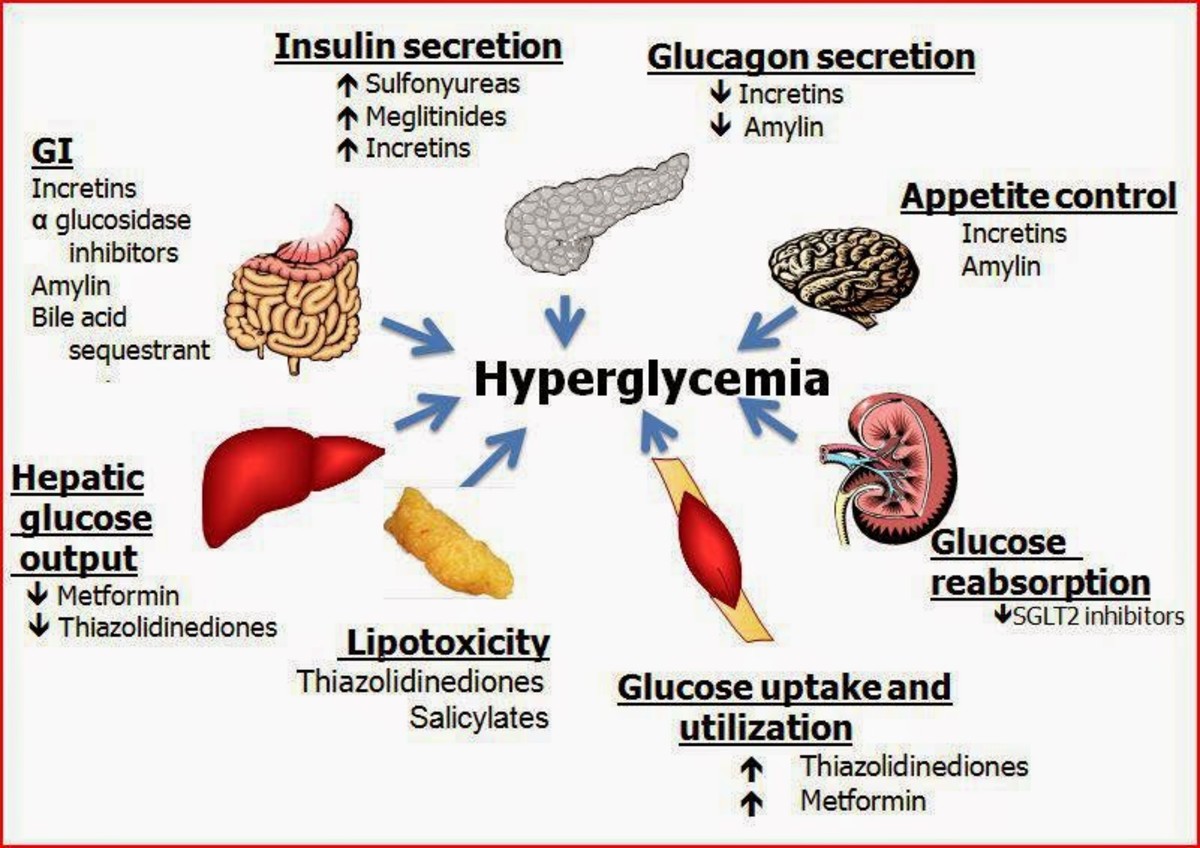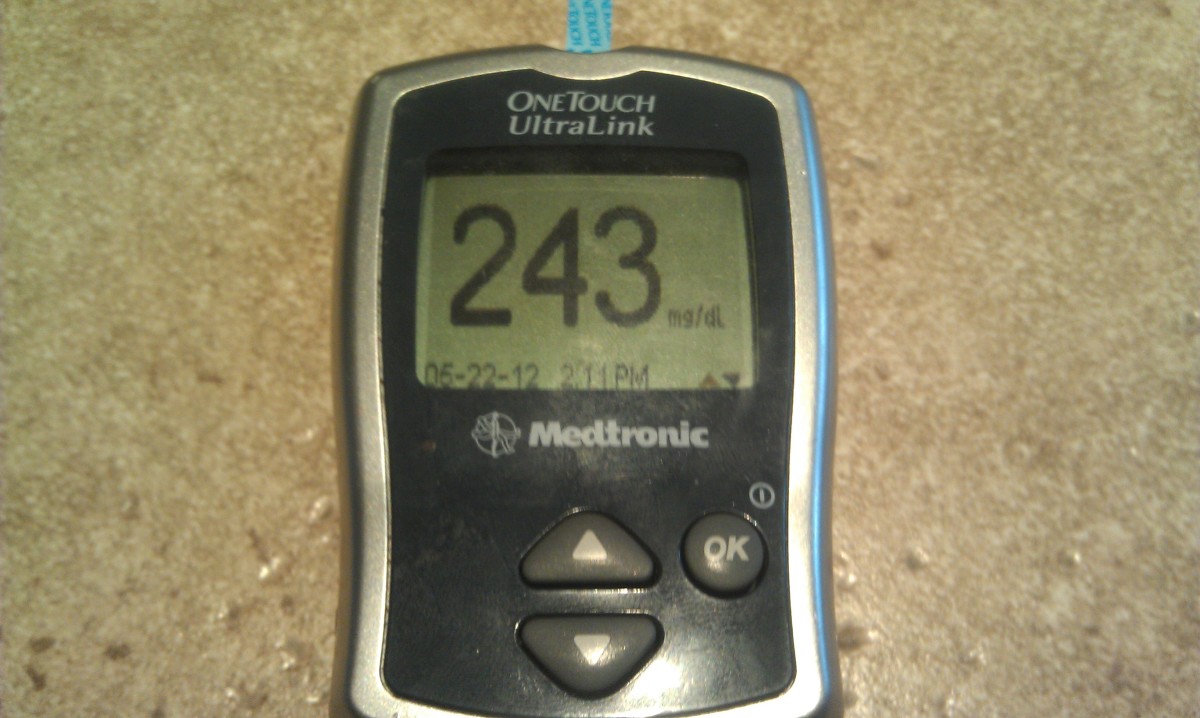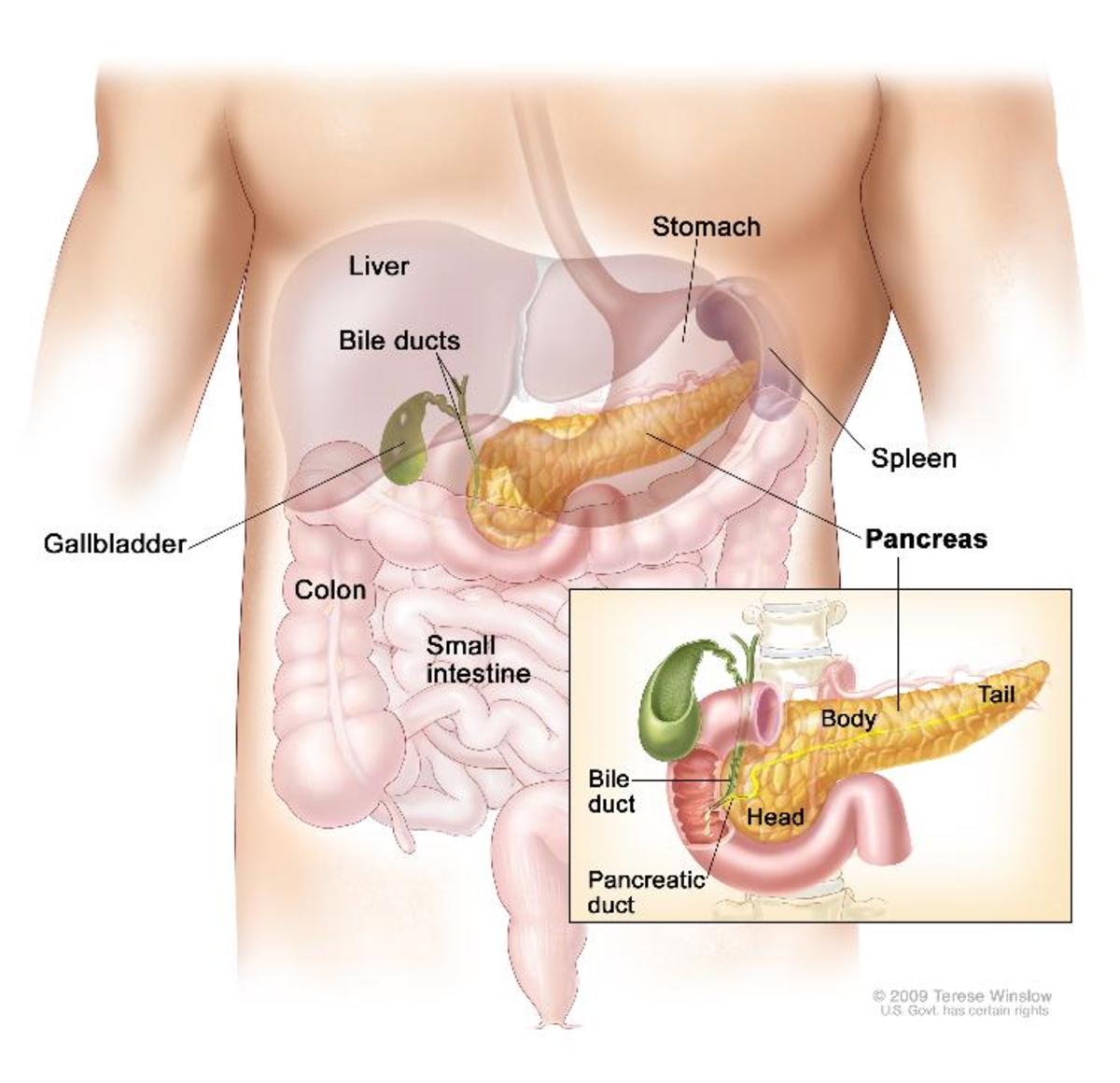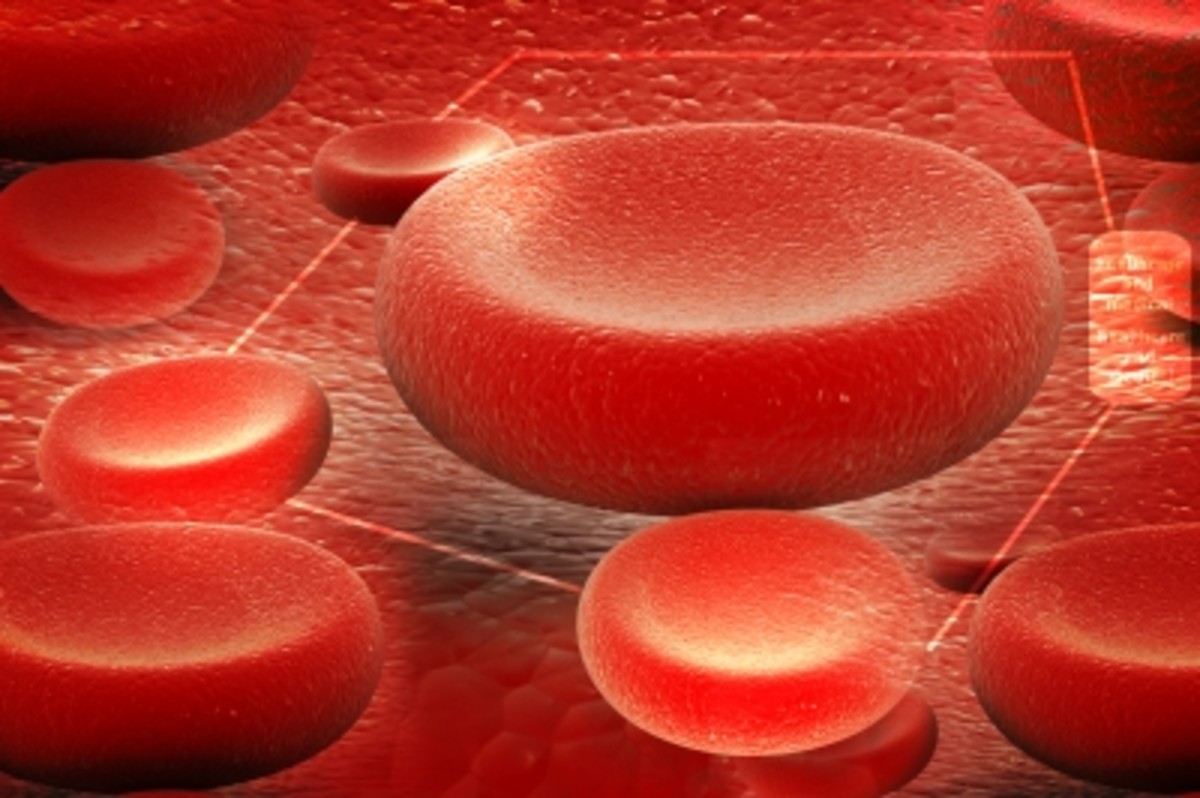General Monitoring of Diabetes Mellitus

Monitoring the glucose level is the first stage in the treatment course of diabetes mellitus. It serves as the assessment tool in recognizing the current level of this health problem, always bear in mind that diabetes is constantly fluctuating, sometimes too high, and sometimes too low.
The general monitoring of diabetes mellitus is essential for it will be the basis of early detection of diabetes, its severity, and the overall plan of the treatment process. These monitoring are actually the basic laboratory tests that are commonly performed to assess the blood glucose level. These tests are performed using blood and/or urine as specimens in the determination of this health problem.
1. BLOOD GLUCOSE
This is a type of diabetes monitoring that can be done even at home, as long as you have the blood glucose meter or glucometer. This is particularly beneficial in the determination of blood glucose level before meals, after meals, and the body’s response to insulin or oral hypoglycemic use. The amount of insulin can be determined depending of this test’s result. This would also guide diabetics on the possible modifications of conservative managements like exercise, diet, and lifestyle.

a. Timing
Blood glucose monitoring at home is usually set at a definite time of the day. This is commonly advised to be done before breakfast and before supper.
The early morning monitoring should be done when the person has not taken anything orally yet. This is also called fasting blood sugar (FBS). The main purpose of this is the determination of blood sugar level when the body is at rest (no external influence intervenes).
The before supper monitoring evaluate the combined effects of the day’s activities, diet, and insulin response, this will dictate the amount of insulin to be given at night.
b. Diet and exercise
The diet and exercise plan of the diabetic person should be flexible and responsive to the blood glucose level each timed monitoring. It should not stick with a fixed and constant plan. This is where the importance of having plan B takes effect, to avoid the onset of hypoglycemia. There are many options that can be considered as to diabetic activities and diets that can be readily accessed in the internet. If you are not sure on what to choose, better consult a specialist.
c. Insulin dosage
Insulin dosage should not also stay constant. It is advised for insulin recipients at home to have at least one “functional” glucometer for monitoring. This is to make sure the safe use of insulin. Insulin effect is very rapid and potent that could cause immediate organ damage (especially the brain) if in excess amount. This is the reason why routine taking of blood glucose level before an insulin use is advised, to match the fluctuating level of blood glucose.
2. URINE GLUCOSE AND KETONE MONITORING
This test is also as simple as the blood glucose monitoring but this time, uses urine as sample specimen. This is not as accurate as the earlier test in the determination of blood glucose level because the presence of ketones in the urine may mean other health conditions other than diabetes. This test is commonly performed in conjunction with other diagnostic examinations to confirm diabetes.

a. Urine glucose
This test is done in the absence of glucometer at home. Urine glucose test is done to detect for presence of glycosuria. The problem with this test is that the person may have high blood glucose level already, yet, glycosuria may still be negative. This is because glycosuria may only appear when blood glucose level exceeds the renal threshold which is way above the normal blood glucose level.
Take note: The normal blood glucose level is 60-120 mg/dL
The average adult renal threshold is 180-200 mg/dL
b. Urine ketones
This test also uses urine as sample to detect the presence of ketone bodies in the urine. The insufficient amount of insulin in the body causes poor blood glucose control. This inability of the body to control blood glucose level would lead to the breakdown and release of free fatty acids. These fatty acids are seen in urines in the form of ketone bodies. This test is commonly performed if diabetes is suspected, but again, it is not as accurate as the results that come from glucometers, for it will only turn positive if the blood glucose level is way above the normal level.









